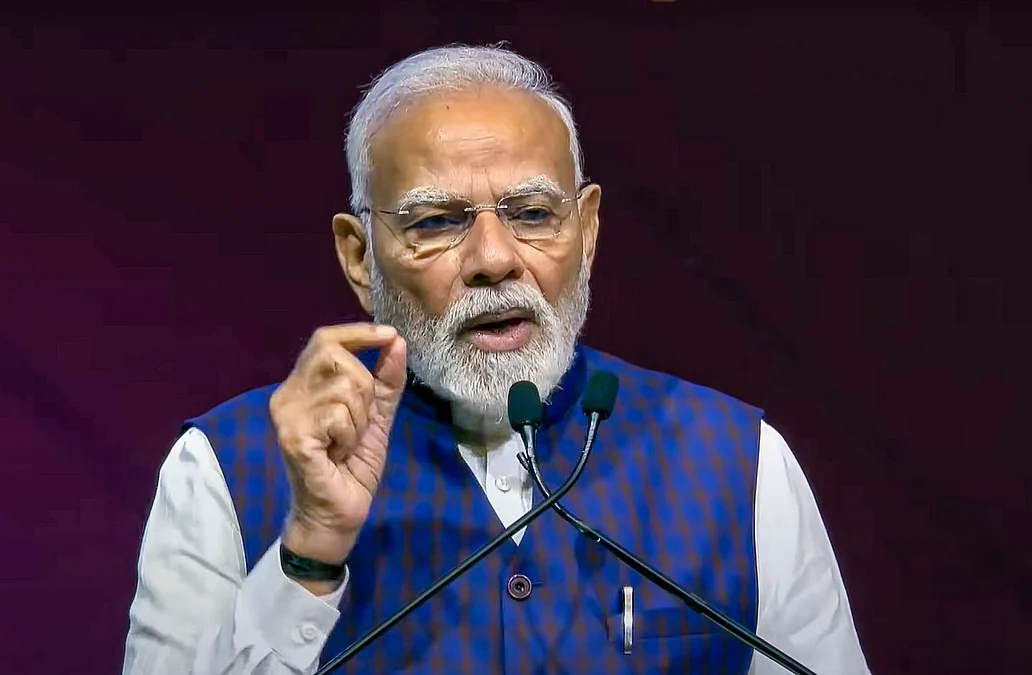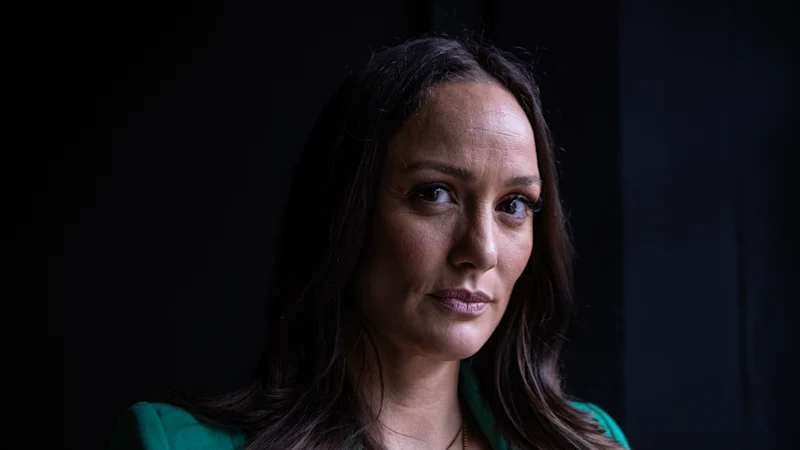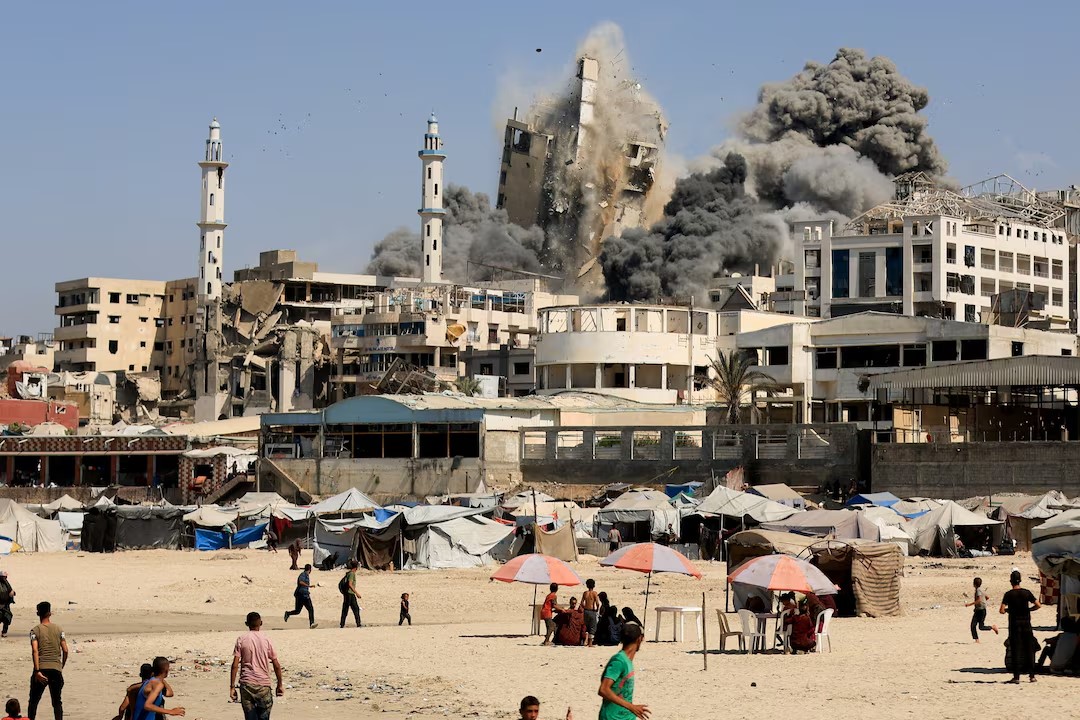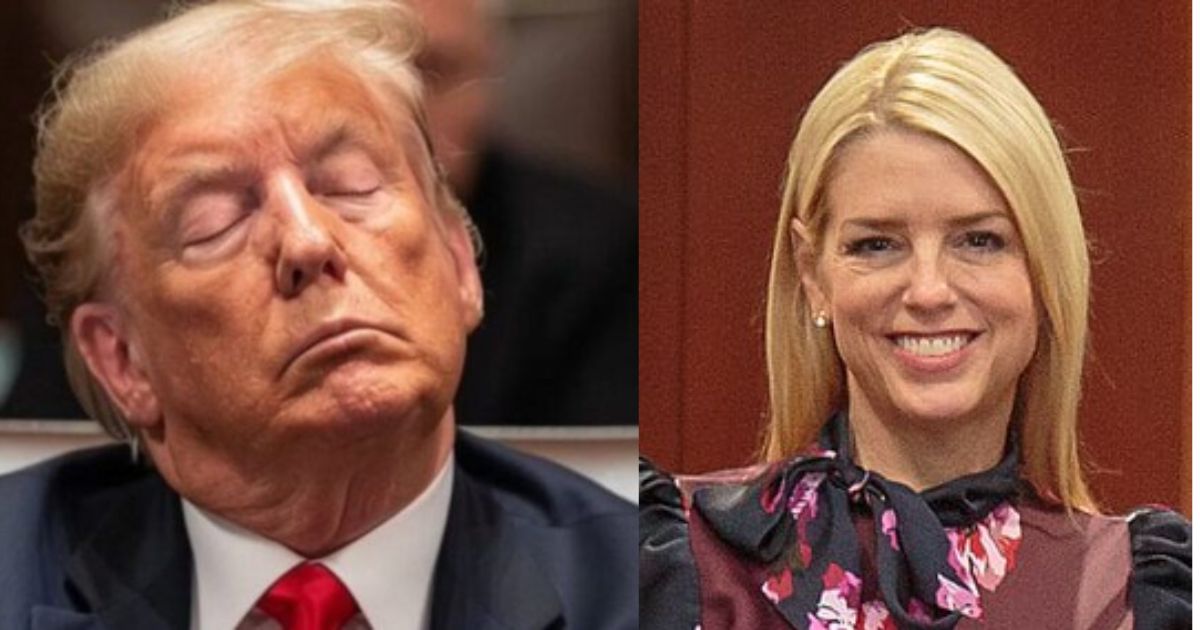By hanad
Copyright jowhar
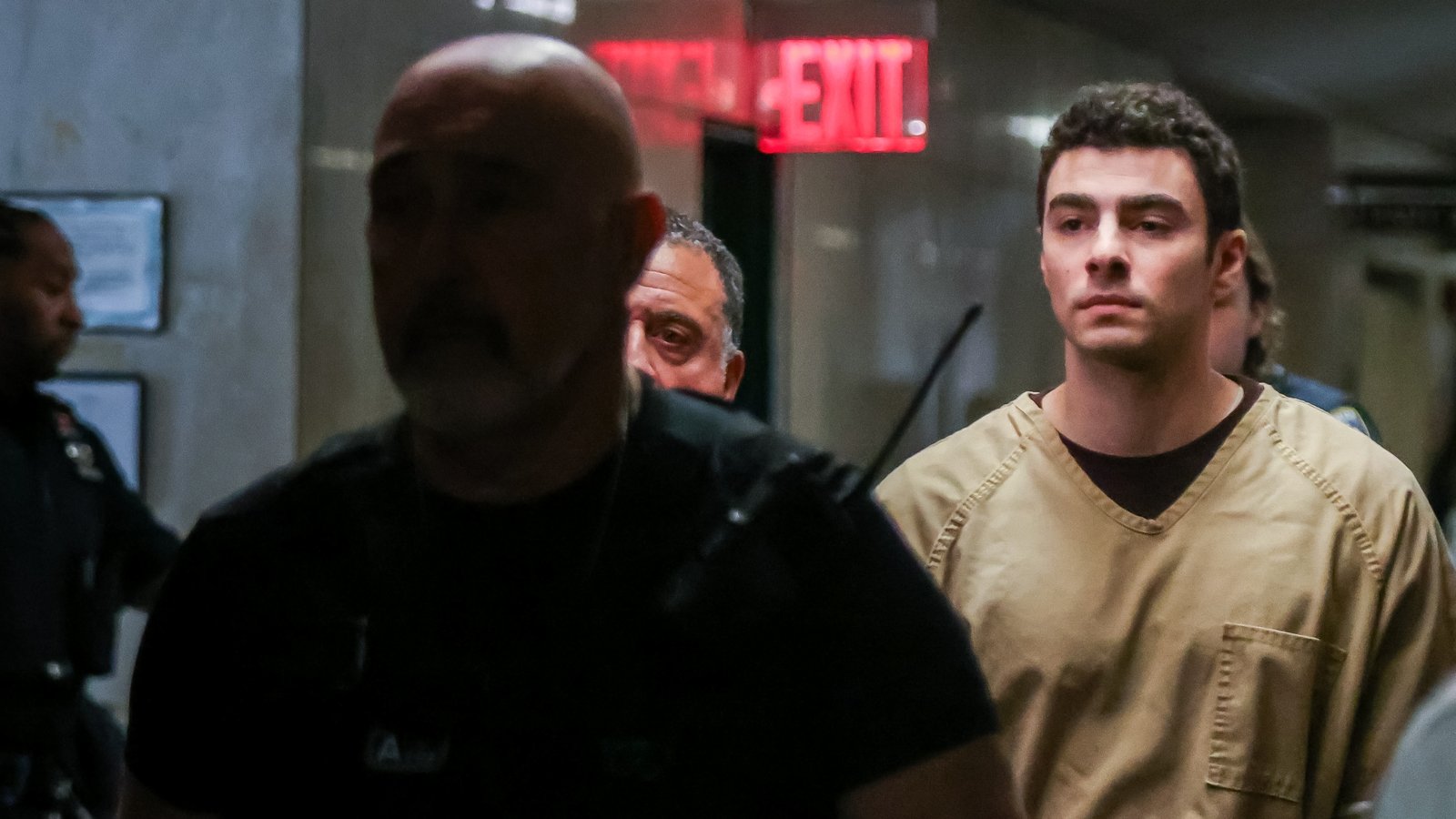
In a Lower Manhattan courtroom, a quiet rebuke to a terrorism charge
On a gray November morning in Lower Manhattan, the clack of courthouse doors and the low murmur of onlookers were the only sounds that punctured an otherwise ordinary city day. A judge’s gavel, however, would soon cut through the hush and reroute the narrative of a case that had sent shockwaves through insurance boardrooms and startled the public imagination.
Justice Gregory Carro dismissed two terrorism-related counts against 27-year-old Luigi Mangione in the killing of Brian Thompson, a former executive at UnitedHealth Group’s insurance unit, UnitedHealthcare. The move narrowed the legal frame: Mangione still faces a state charge of second-degree murder and a separate, federal indictment where the Department of Justice is seeking the death penalty.
The courtroom scene
Mangione entered the courtroom in tan jail garments, handcuffed and shackled at the feet — an image that could have been ripped from a newswire. Yet the judge’s decision to strip away the terrorism counts changed the tenor of the proceeding. “The grand jury was not presented with sufficient evidence to find that the killing was committed with the necessary intent to intimidate health insurance workers or influence government policy,” Justice Carro said, according to the transcript released after the hearing.
For those who follow legal nuance, the ruling was as much about the limits of proof as about the semantics of “terrorism.” New York’s statutes require prosecutors to show that a defendant intended to intimidate a broader group or sway public policy — a high bar in cases driven, prosecutors argued, by personal grievance or ideology.
Two tracks, two systems
What makes this case particularly knotty is the parallel pursuit of justice: state and federal prosecutors moving along separate rails. Under state law, Mangione remains charged with second-degree murder — a charge that, if proved, could result in life behind bars. On the federal side, the stakes are far higher; the Justice Department has announced it will seek the death penalty.
“These are different worlds,” said Maya Gutierrez, a criminal law professor who follows federal-state bifurcations. “State prosecutors focus on local elements of the crime. The federal government brings in broader concerns — interstate commerce, civil rights, or national security — and with that comes different tools and penalties, including capital punishment.”
For Mangione, that means two very different potential destinies: life in a state facility if convicted of second-degree murder, or, in the federal system, the possibility of a capital trial. “The judge’s decision on the terrorism counts narrows some narratives, but it doesn’t change the gravity of the allegations,” Gutierrez added.
Outside the courthouse: symbols, slogans and spectators
Down on the sidewalk, the spectacle was oddly theatrical. A small group of Mangione supporters had gathered — one dressed in a green Luigi costume from Nintendo, another waving a red, white and green Italian tricolor emblazoned with the words “Healthcare is a human right.”
“You have to look at context,” said one supporter who asked to be identified only as Rosa. “Luigi is being painted with the broadest brush. We want a fair trial.”
Inside the packed courtroom, seats were taken by about two dozen members of the public, most of them young women. One wore a black T-shirt that read “Free Luigi” in stark white letters. They watched solemnly as the judge explained his reasoning, and then filed out to debate, argue and wonder what would come next.
A small, loud world
Nearby, a Midtown hotel that had been the scene of the fatal shooting — during an investor conference — reopened its lobby to the city’s usual hum. A concierge who watched the court coverage on a smartphone said she had felt a mixture of fear and sorrow when the shooting first hit headlines. “It felt unreal,” she said. “We host events, we welcome people from all over. You never expect to become a backdrop to something like this.”
What the ruling means — and doesn’t
Legal experts say Justice Carro’s ruling doesn’t exonerate Mangione on the most serious state charge. It simply means prosecutors will need to prove a different set of facts to convince a jury that the killing was designed to intimidate a class of people or alter public policy — an essential element for a terrorism designation under state law.
“Terrorism carries a particular social stigma and legal consequence,” said Thomas Alvarez, a former prosecutor who now teaches criminal justice policy. “Proving intent to terrorize a population is often harder than proving intent to kill a single individual. That’s why you sometimes see terrorism counts added to signal severity, but courts will prune them back if the evidentiary foundation is thin.”
Alvarez also pointed out the geopolitical texture of the debate: “We live in a moment where labeling something ‘terrorism’ reshapes public reaction, policy response, and the trajectory of the case. Judges are rightly cautious.”
Questions the public should be asking
As this case moves forward, it raises larger questions that touch on how societies define political violence and how courts translate messy human motives into legal categories. What separates a hate crime from an act of terrorism? When is violence intended to harm an institution rather than an individual?
“We have to be careful,” said Dr. Amira Hassan, a sociologist who studies political violence. “The label ‘terrorism’ can do real cultural and legal work — sometimes protective, sometimes punitive. But its power is a double-edged sword if applied imprecisely.”
What do you think? Should the courts be the gatekeepers of how we use loaded terms like “terrorism,” or should prosecutors be given wide latitude to try to hold people accountable for broader social harm?
Looking ahead
Justice Carro scheduled Mangione’s next court date for December 1. Trial dates have not been set for either the state or federal cases. For now, Mangione remains in federal custody in Brooklyn, and the federal death-penalty case — separate from the state’s narrower, post-pruning charges — continues to loom.
The case sits at the intersection of grief and legal technicality, of spectacle and statute. It is about a life lost, about the ripples that loss sends through boardrooms and neighborhoods, and about the careful, often painfully slow work of courts to turn evidence into verdicts.
In a city that is perpetually rushing forward, this case forces us to pause and ask: what does justice mean when a single act can be framed as personal grievance, political statement or something in between? How we answer will matter, both in the courts and in the quiet conversations that shape public life.
